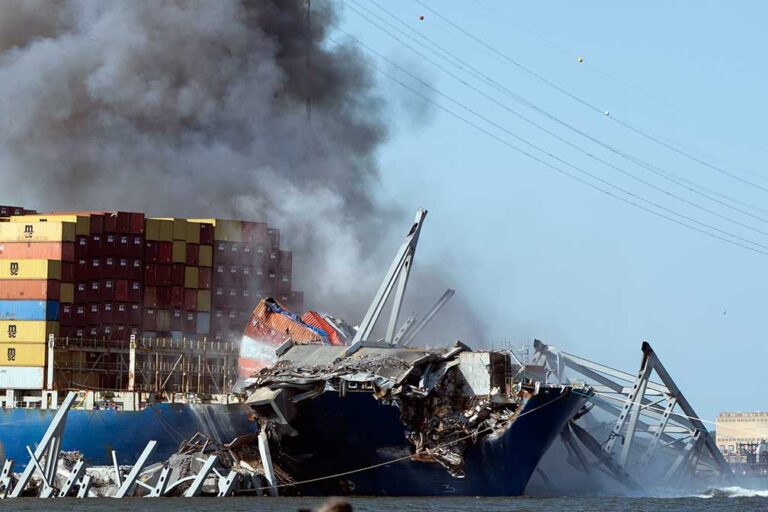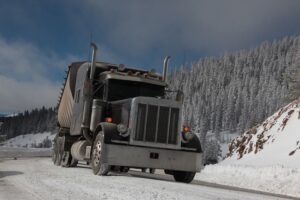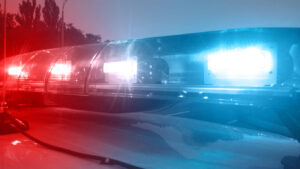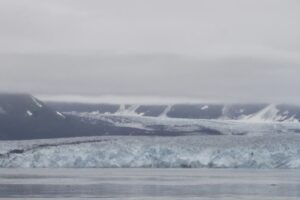BALTIMORE — The cargo ship Dali experienced electrical blackouts about 10 hours before leaving the Port of Baltimore and yet again shortly before it slammed into the Francis Scott Key Bridge and killed six construction workers, federal investigators said Tuesday, May 14, providing the most detailed account yet of the tragedy.
The power outage occurred after a crew member mistakenly closed an exhaust damper, causing the ship’s engine to stall, investigators with the National Transportation Safety Board (NTSB) said in their preliminary report.
Shortly after leaving Baltimore early on March 26, the ship crashed into one of the bridge’s supporting columns because another power outage caused it to lose steering and propulsion at the exact worst moment.
The report provides new details about how the ship’s crew addressed the power issues it experienced while still docked in Baltimore. A full investigation could take a year or more, according to the NTSB.
Testing of the ship’s fuel did not reveal any concerns related to its quality, according to the report.
The Dali was headed from Baltimore to Sri Lanka, laden with shipping containers and enough supplies for a monthlong voyage.
After the initial blackout caused by the closed exhaust damper, investigators say a backup generator automatically came on. It continued to run for a short period — until insufficient fuel pressure caused it to kick off again, resulting in a second blackout. That’s when crew members made changes to the ship’s electrical configuration, switching from one transformer and breaker system it had been using for several months to another that was in use upon its departure, according to the report.
Investigators stopped short of drawing a direct line between those earlier power issues and the blackout that ultimately caused the bridge collapse.
“The NTSB is still investigating the electrical configuration following the first in-port blackout and potential impacts on the events during the accident voyage,” investigators wrote.
The NTSB launched its investigation almost immediately after the collapse on March 26. Investigators boarded the ship to document the scene and collect evidence, including the vessel’s data recorder and information from its engine room, according to NTSB Chair Jennifer Homendy. Investigators also interviewed the captain and crew members.
“Our mission is to determine why something happened, how it happened and to prevent it from recurring,” Homendy said at a news conference days after the disaster.
The preliminary report details the chaotic moments prior to the bridge collapse while crew members scrambled to address a series of electrical failures that came in quick succession as disaster loomed.
At 1:25 a.m. on March 26, when the Dali was a little over half a mile away from the bridge, electrical breakers that fed most of the ship’s equipment and lighting unexpectedly tripped, causing a power loss. The main propulsion diesel engine automatically shut down after its cooling pumps lost power, and the ship lost steering.
Crew members were able to momentarily restore electricity by manually closing the tripped breakers, the report says.
Around that time, the ship’s pilots called for tugboats to come and help guide the wayward vessel. The tugboats that guided it out of the port had peeled off earlier per normal practice, according to the report. Crew members also started the process of dropping anchor, and the pilots’ dispatcher called the Maryland Transportation Authority Police and relayed that the ship had lost power. The pilots’ dispatcher notified the Coast Guard.
The ship was less than a quarter mile from the bridge when it experienced a second power blackout because of more tripped breakers, according to the report. The crew again restored power, but it was too late to avoid striking the bridge.
One of the pilots ordered the rudder turned at the last minute, but since the main engine remained shut down, there was no propulsion to assist with steering, the report says. They also made a mayday call that allowed police to stop traffic to the bridge.
At 1:29 a.m., the 1.6-mile steel span came crashing down into the Patapsco River. The workers were sitting in their vehicles during a break when disaster struck. The last of the victims’ bodies was recovered last week.
One member of the seven-person crew survived the collapse by somehow freeing himself from his work truck. He was rescued from the water later that morning. A road maintenance inspector also survived by running to safety in the moments before the bridge fell.
On May 13, crews conducted a controlled demolition to break down the largest remaining span of the collapsed bridge, which landed draped across the Dali’s bow, pinning the grounded ship amid the wreckage. The damaged ship is expected to be refloated and guided back to the Port of Baltimore in the coming days.
The Dali arrived in the U.S. from Singapore on March 19, a week before the crash, according to the report. It made stops in Newark, New Jersey, and Norfolk, Virginia, before coming to Baltimore. Investigators said they were not aware of any other power outages occurring in those ports.
They said they’re working with Hyundai, the manufacturer of the ship’s electrical system, to “identify the cause(s) of the breakers unexpectedly opening while approaching the Key Bridge and the subsequent blackouts.”
The preliminary report released Tuesday by the NTSB likely includes only a fraction of the findings that will be presented in its final report, which is expected to take more than a year.
The FBI has also launched a criminal investigation into the circumstances leading up to the collapse.
By Lea Skene and Denise Lavoie, The Associated Press
The Associated Press is an independent global news organization dedicated to factual reporting. Founded in 1846, AP today remains the most trusted source of fast, accurate, unbiased news in all formats and the essential provider of the technology and services vital to the news business. The Trucker Media Group is subscriber of The Associated Press has been granted the license to use this content on TheTrucker.com and The Trucker newspaper in accordance with its Content License Agreement with The Associated Press.














